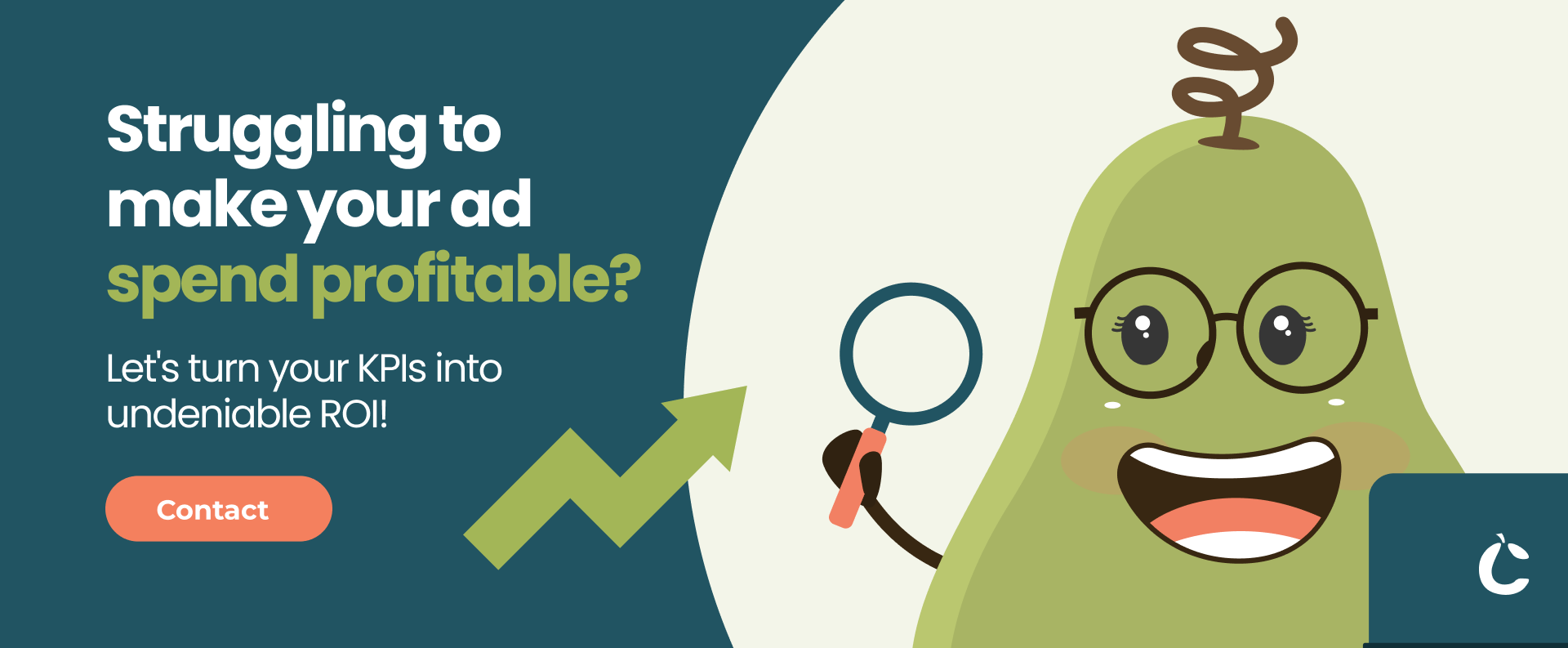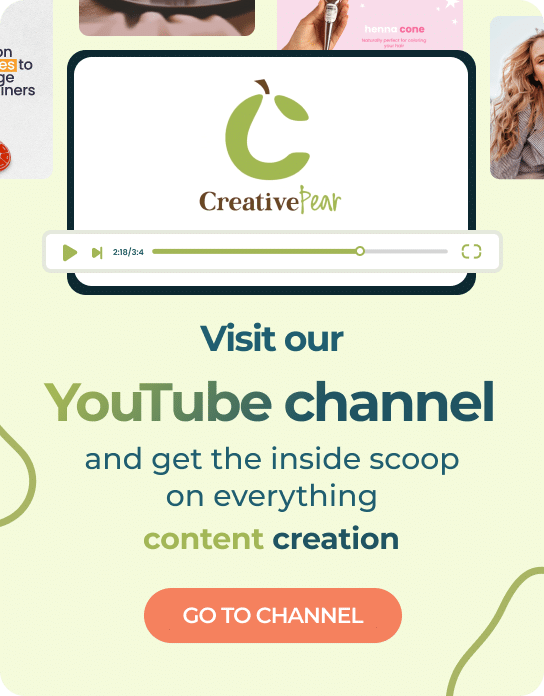For entrepreneurs and business owners, paid media KPIs can feel like a high-stakes game. You’re investing your hard-earned money into advertising platforms, expecting a clear return. Yet, when you log into your ad accounts, you’re often bombarded with a dizzying array of metrics – clicks, impressions, reach, frequency, CPC, CPA, ROAS… it’s enough to make anyone’s head spin.
The real challenge isn’t just launching ads; it’s understanding if they’re actually working for your business. How do you cut through the noise and focus on what truly matters for your bottom line?
This guide aims to demystify paid media KPIs (Key Performance Indicators), focusing on the essential metrics every business owner needs to track, analyze, and leverage to optimize ad spend and drive tangible ROI.
Why Focus on the Right Paid Media KPIs?
Ignoring or misinterpreting your paid media KPIs can lead to wasted budget, missed opportunities, and a general feeling of frustration. Focusing on the right metrics allows you to:
- Make Data-Driven Decisions: Move beyond guesswork and base your optimizations on concrete performance data.
- Optimize Ad Spend: Identify what’s working (and what’s not) to allocate your budget more efficiently.
- Measure True ROI: Connect your ad efforts directly to business outcomes like leads and sales.
- Communicate Effectively: Understand and articulate the value of your paid media investments to stakeholders or your team.
Essential Paid Media KPIs Every Business Owner Should Track
Let’s break down the most critical metrics you should be paying attention to:
1. Cost Per Click (CPC): Understanding Your Traffic Cost
What it is: The average cost you pay for each click on your ad. Why it matters: CPC helps you understand the efficiency of your ad targeting and ad copy. A high CPC could indicate your audience is too broad, your ad copy isn’t engaging, or competition is high. How to Take Advantage:
- Optimize Ad Copy & Creatives: Test different headlines, images, and videos to see what generates clicks at a lower cost.
- Refine Targeting: Narrow down your audience segments to ensure your ads are shown to the most relevant users.
- Improve Ad Quality Score/Relevance Score: Platforms reward highly relevant ads with lower CPCs.
2. Click-Through Rate (CTR): Gauging Ad Engagement
What it is: The percentage of people who clicked on your ad after seeing it (Clicks ÷ Impressions x 100). Why it matters: CTR is a strong indicator of how well your ad resonates with your target audience. A higher CTR means your ad is compelling and relevant. How to Take Advantage:
- A/B Test Ad Variations: Experiment with different messaging, calls-to-action, and visual elements to improve clickability.
- Match Intent: Ensure your ad copy directly addresses the needs or search queries of your intended audience.
- Clear Call-to-Action (CTA): Use strong, action-oriented words in your CTA to encourage clicks.
3. Cost Per Acquisition/Lead (CPA/CPL): The Cost of Getting a Customer/Lead
What it is: The average cost to acquire a new customer (CPA) or a new lead (CPL) through your paid campaigns. (Total Ad Spend ÷ Number of Conversions/Leads). Why it matters: This is a crucial “bottom-line” metric. It tells you if your advertising is financially viable. Your CPA/CPL must be lower than the lifetime value (LTV) of a customer to be profitable. How to Take Advantage:
- Optimize Your Conversion Funnel: Ensure your landing page is highly optimized, loads fast, and has a clear conversion path.
- Improve Lead Quality: Refine your targeting to attract higher-quality leads that are more likely to convert.
- A/B Test Landing Pages & Offers: Small changes to your landing page or offer can significantly impact your CPA.
4. Return on Ad Spend (ROAS): Measuring Direct Revenue Impact
What it is: The revenue generated for every dollar spent on advertising. (Total Revenue from Ads ÷ Total Ad Spend). Why it matters: ROAS directly tells you how profitable your ad campaigns are. A ROAS of 3:1 means you get $3 back for every $1 spent. How to Take Advantage:
- Track Conversions Accurately: Ensure your conversion tracking (e.g., Google Analytics, Facebook Pixel) is set up correctly to attribute revenue.
- Optimize for High-Value Conversions: Focus your campaigns on driving actions that lead to higher revenue (e.g., purchases over sign-ups, if applicable).
- Improve Post-Click Experience: A strong landing page and product/service offering will maximize the revenue generated from each click.
5. Conversion Rate (CVR): The Effectiveness of Your Funnel
What it is: The percentage of ad clicks (or visitors to your landing page) that complete a desired action (e.g., purchase, sign-up, download). (Number of Conversions ÷ Number of Clicks/Visitors x 100). Why it matters: CVR measures the effectiveness of your entire conversion path, from ad to landing page. A low CVR indicates a disconnect. How to Take Advantage:
- Ensure Ad-Landing Page Congruence: The message and offer in your ad must seamlessly align with your landing page.
- Simplify Conversion Path: Reduce friction on your landing page. Minimize forms, provide clear instructions, and ensure fast loading times.
- A/B Test Elements: Experiment with headlines, body copy, CTAs, images, and layout on your landing pages.
From Metrics to Meaningful Action
Navigating the world of paid media KPIs doesn’t have to be overwhelming. By focusing on these essential metrics – CPC, CTR, CPA/CPL, ROAS, and Conversion Rate – you gain clarity on your campaign performance, identify opportunities for optimization, and ultimately, ensure your ad spend contributes directly to your business’s growth and profitability.
Understanding these numbers transforms your paid media efforts from a guessing game into a strategic investment. It’s about moving beyond vanity metrics and focusing on the true indicators of success that impact your bottom line.




